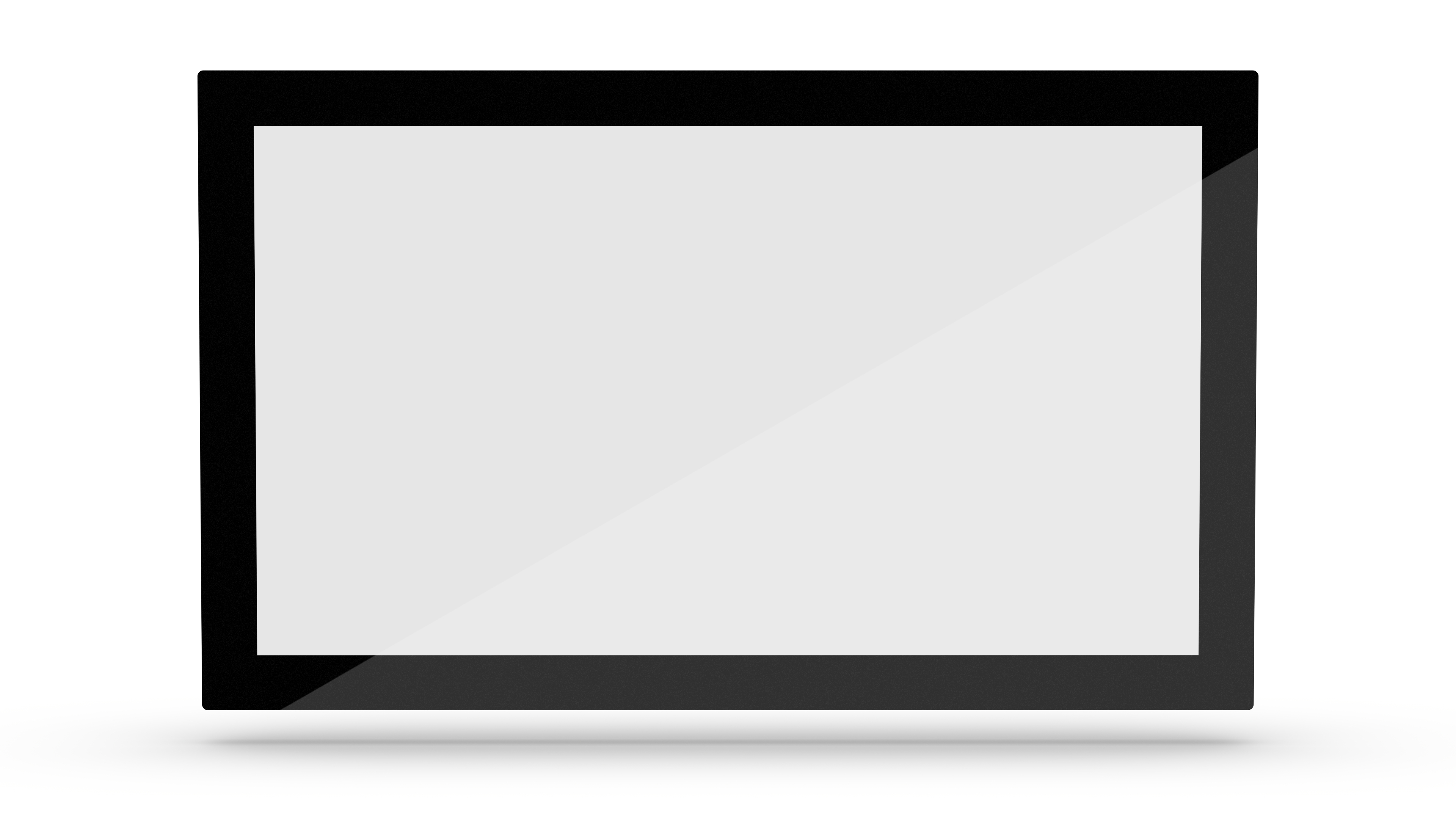Druck auf Individueller Druck
Die visuelle Gestaltung von Touchscreens wird für die Produktentwicklung und Vermarktung von Touch-Systemen oder Handhelds immer wichtiger.
Auf diese Weise kann das Erscheinungsbild an die Bedürfnisse des Marktes angepasst werden, was insbesondere im Verbrauchersegment wichtig ist.
Zur Verbesserung der Ergonomie ist es möglich, feste Menüpunkte durch Druck zu bestimmen, was zu einer leichteren Bedienbarkeit der Anwendung führt. Die technische Anforderung, vordefinierte Menüpunkte über den Controller präzise erkennen zu können, wird Interelectronix für alle kapazitiven und resistiven Touchscreens erfüllt.
Individuelle Gestaltungsmöglichkeiten für den Hinterglasdruck
Die Bedruckung der Touchscreens erfolgt hauptsächlich im Hinterglasdruckverfahren. Bei diesem Verfahren wird nicht die Oberfläche, sondern die Rückseite bedruckt. Da die Tinte auf der Rückseite des Glases oder der Folie aufgebracht wird, ist der Druck keinen äußeren Einflüssen ausgesetzt und daher wesentlich haltbarer.
Durch die eingesetzten hochpräzisen Drucktechniken wie Siebdruck, Digitaldruck und Laserdruck bietet Interelectronix die Möglichkeit, jeden Touchscreen individuell und auf die Bedürfnisse der Anwendung oder des Marktes abgestimmt zu gestalten. Ob Firmenlogo, Farbrahmen, Menüpunkte oder Muster, der Bedruckung der Touchscreens sind keine Grenzen gesetzt.
Beim Bedrucken der Touchscreens legen wir großen Wert auf Genauigkeit in Bezug auf Farbtreue, Farbbrillanz und Maßtoleranz.
Dauerhafter Farbdruck auf der Oberfläche
Eine Alternative zum Hinterglasdruck ist der Druck auf die Oberfläche von Glas- oder PTE-Touchscreens, der für verschiedene Anwendungen von Vorteil sein kann.
Der Druck auf der Oberfläche stellt andere Anforderungen an die Qualität und die Druckverfahren. Die eingesetzte Drucktechnik und die verwendete Farbe müssen einen Farbauftrag ergeben, der je nach Anwendung
- besonders kratzfest ist,
- chemisch beständig ist,
- besonders lichtecht
- oder temperaturbeständig
ist.
Je nach Einsatzort und den spezifischen Anforderungen werden die entsprechenden Farben eingesetzt:
- Zweikomponenten-Farben,
- UV-härtende Farben,
- keramische Einbrennlacke,
- elektrisch leitfähige Lacke.
Unsere Techniker beraten Sie kompetent bei der Wahl des am besten geeigneten Verfahrens und der Farbe und erläutern Ihnen alle Vor- und Nachteile im Detail.
